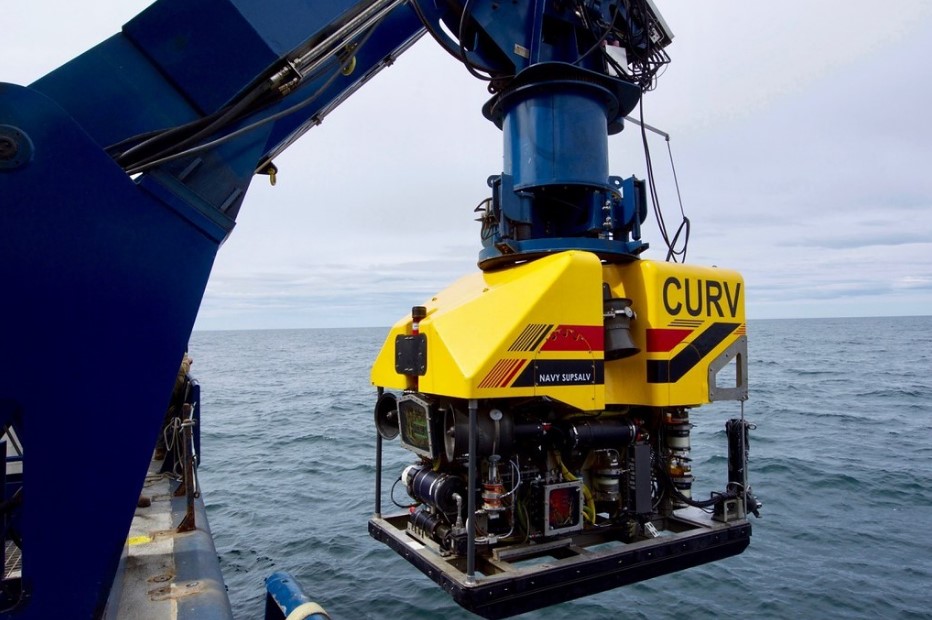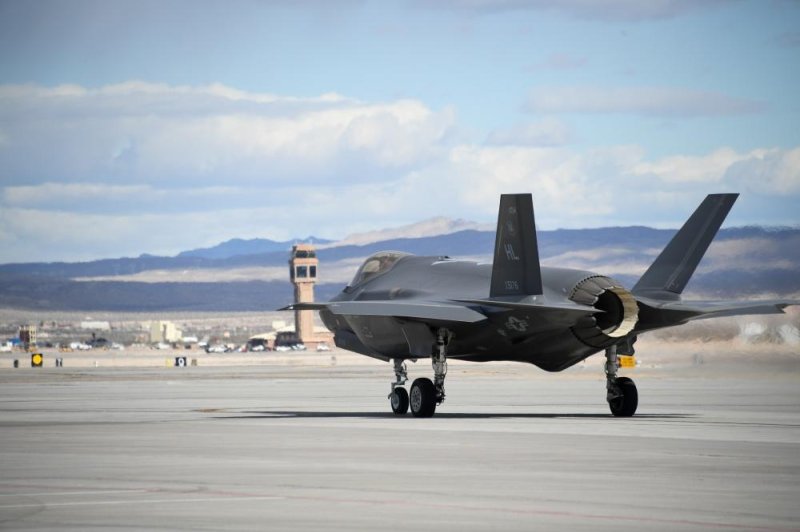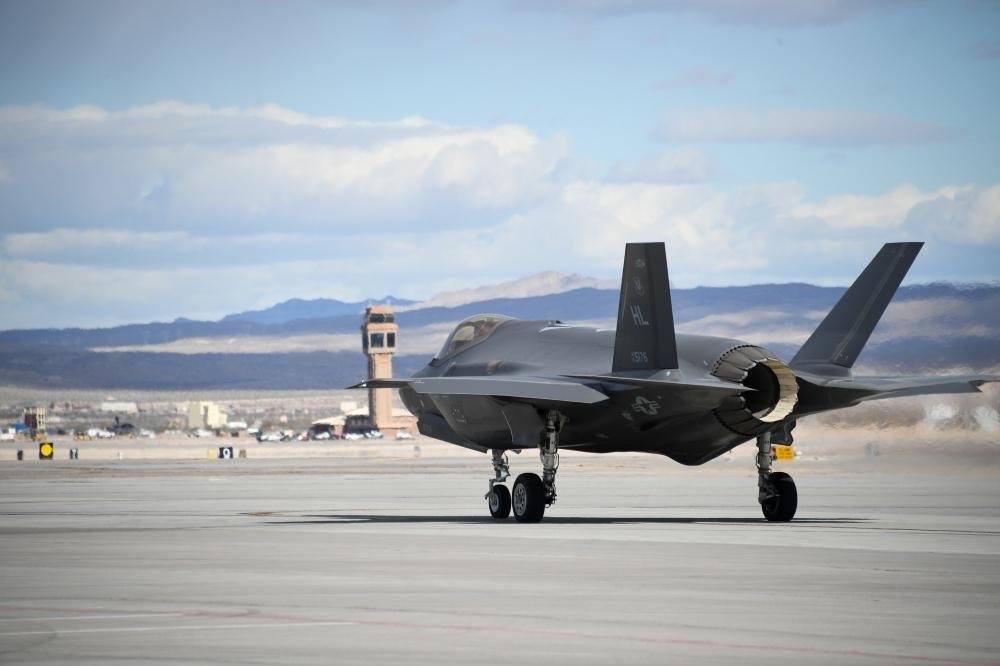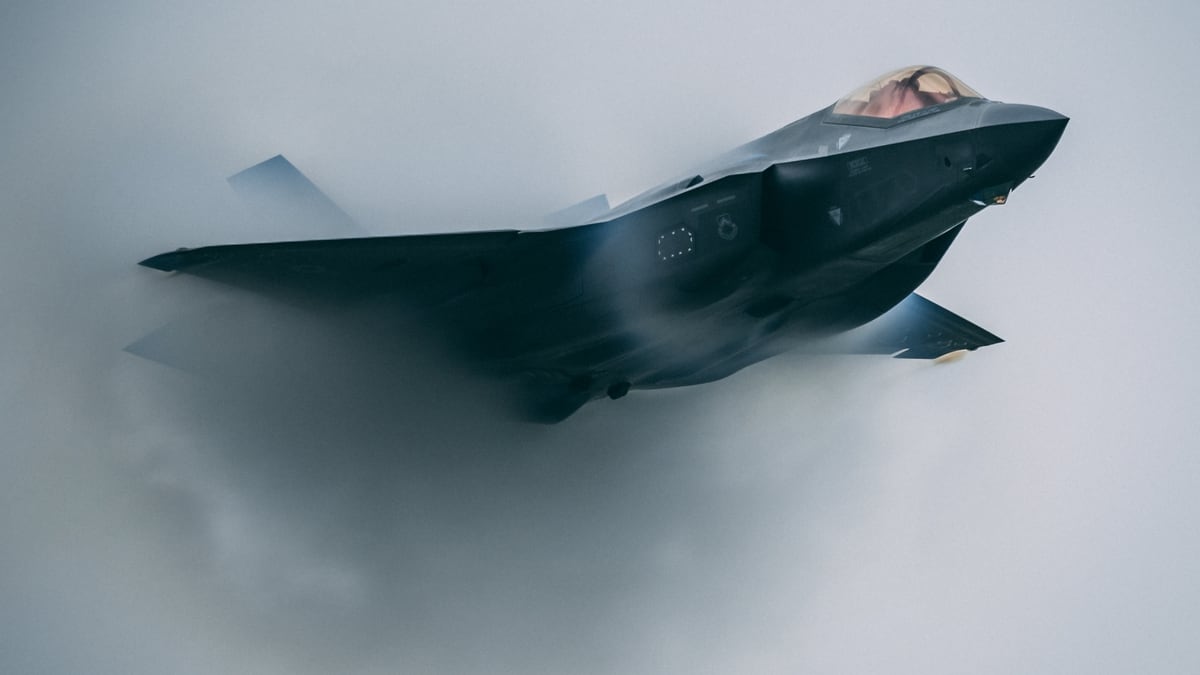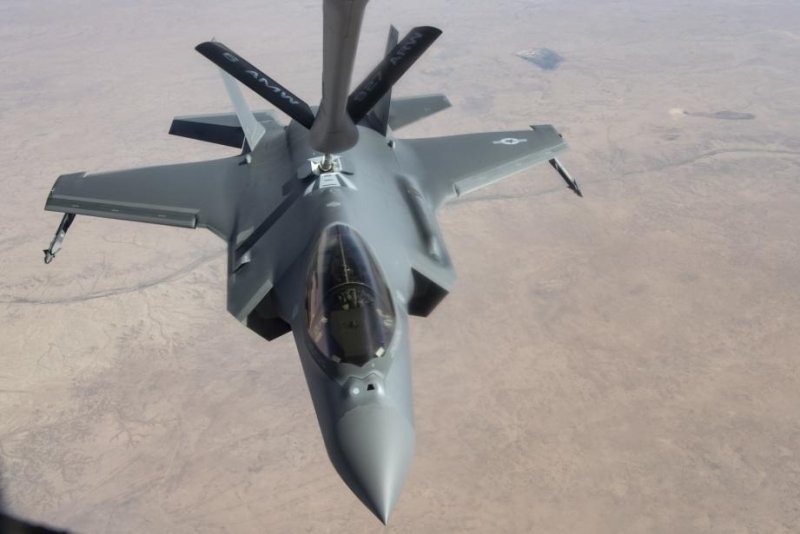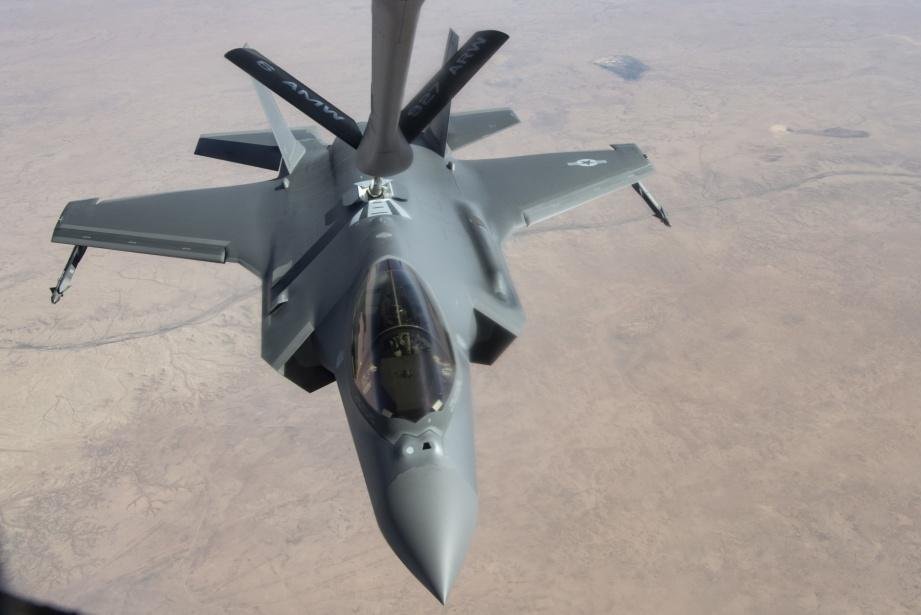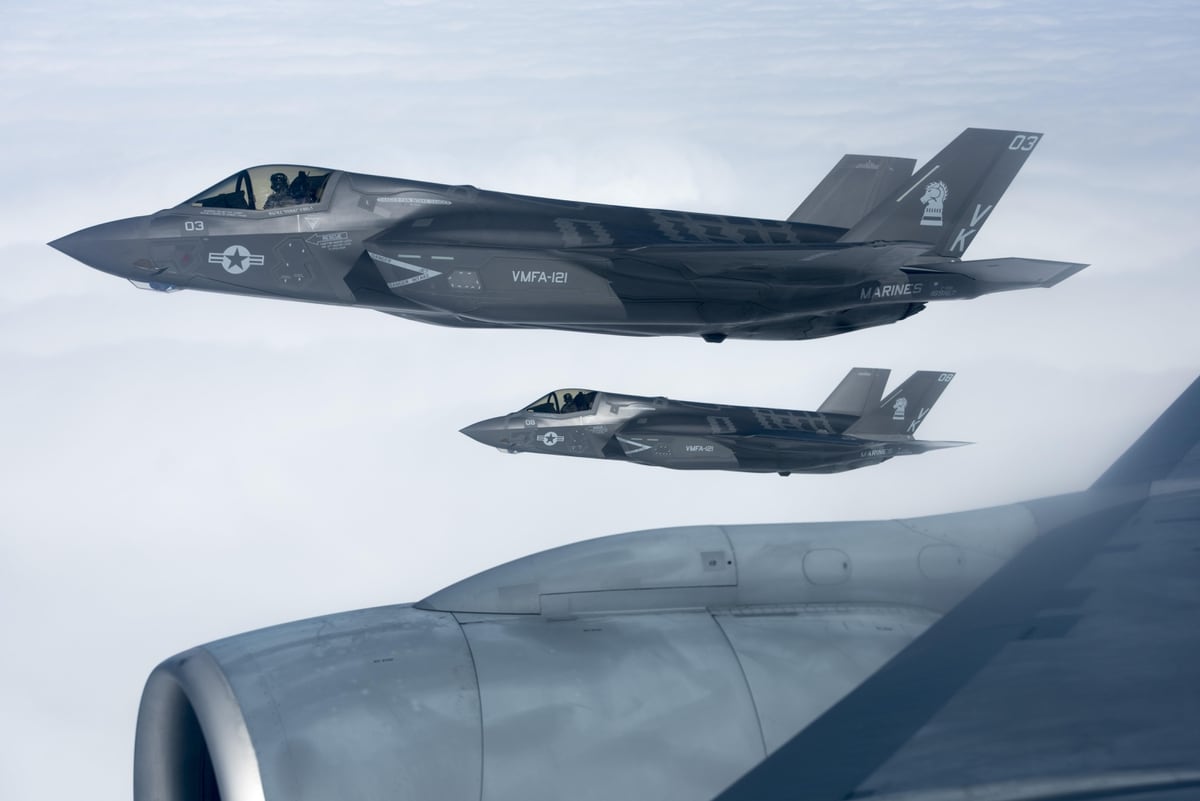USAF F-35As Will Get Navy's New Air Defense Busting Missile Amid Talk Of Anti-Ship Variants
A new warhead design and modular payload bay could open up even more roles in the future for the new fast-flying missile.
By Joseph Trevithick
May 7, 2019
The U.S. Navy and Northrop Grumman are making good progress on the development of a
new high-speed missile to suppress and destroy enemy radars and other air defense emitters, and the Air Force has now also joined the program. In addition, recent changes to the weapon's design include a new, compact warhead seated inside a modular payload space, a concept that could open up new roles for the missile in the future, including maritime strike. The Air Force itself is already looking to turn the weapon into
a precision strike tool for knocking out various time-sensitive targets on land.
U.S. Navy Captain Matthew Commerford, the Program Manager for Direct and Time Sensitive Strike weapons at Naval Air Systems Command (NAVAIR), and Gordon Turner, the Vice President for Programs and Business Development at Northrop Grumman’s Innovation Systems Division gave reporters the update at the Navy League's annual Sea, Air, Space convention on May 6, 2019. The Navy began development of the missile, known as the Advanced Anti-Radiation Guided Missile-Extended Range (AARGM-ER) and now designated the AGM-88G, in 2018. The program entered its engineering and manufacturing development phase in March 2019.
The AGM-88G is a major rework of the AGM-88E Advanced Anti-Radiation Guided Missile (AARGM), which Northrop Grumman also produces and that you can read about in more detail
here. The AARGM-ER uses the same guidance and control systems as the AARGM and retains the primary mission of homing in on and destroying hostile radars and other emitters.
But the AGM-88G puts those electronics into an entirely new airframe optimized for high speed that is wider and dispenses with the fins in the mid-section in favor of stabilizing strakes that extend along the length of the body. The missile’s control surfaces are all at the rear and the weapon has a new, significantly more powerful rocket motor to give the added boosts in speed and range.
A more recent development is the addition of a new, smaller warhead that uses Northrop Grumman’s Lethality Enhanced Ordnance (LEO) technology, which you can read more about in detail
here. LEO warheads combine a
PBXN-110 explosive filler and specially designed fragmentation layer that the company says it can scale and configure to be optimally suited to taking out a wide variety of soft targets.
This offers the “same lethality, [but] less volume,” according to Captain Commerford. “That’s going to give us more volume in the airframe to do future upgrades.”
The missile's payload bay is modular, to begin with. The Navy and Northrop Grumman pointed out that this will already help support the missile’s flight test program, which is set to begin in 2021, since engineers will be able to quickly swap in specialized testing equipment in lieu of a live warhead for initial captive carries and launches.
Neither the Navy nor Northrop Grumman has given any details about the exact performance specifications for the AAGM-ER, but the older AARGM
can reportedly hit targets more than 80 miles away and hit a top speed of around Mach 2 in a final sprint. While we don’t know the specifics, the new missile needs additional thermal protection and insulation for the radome to shield the control and guidance systems against the added strain from how much faster it will be flying.
The added speed and range over the AARGM “makes the missions and the targets more achievable,” Captain Commerford explained. The Navy is looking to reach initial operational capability with the AARGM-ER on both the
F/A-18E/F Super Hornet and
EA-18G Growler in 2023, which will give these aircraft important additional stand-off capabilities against steadily improving enemy air defenses.
The Air Force is now formally part of the AARGM-ER program, as well. “We signed that agreement late in 2018,” Commerford said. The Air Force will lead work to integrate the AGM-88G into the internal bays on the F-35A and C Joint Strike Fighters and plans to have the weapon ready for service on its F-35As starting in 2025. The missile is too large to fit inside the truncated internal weapons bays of the Marine Corps F-35Bs.
But all of these features, combined with the modular payload bay, open up the possibility the AARGM-ER will be much more than just a weapon for suppressing and destroying enemy air defenses. The existing AARGM already has multi-mode guidance capability that includes a GPS-assisted inertial navigation system and a millimeter wave radar seeker.
This gives it the ability to hunt down targets that may have stopped emitting radio signals to home in on, if they were ever doing so at all, as well as just strike a particular set of map coordinates. This more general strike capability already works against targets on land
and at sea, including those in motion or that might try to flee after the missile's launch.
With all this in mind, the Air Force is already investigating turning the AARGM-ER into a precision strike weapon, called the Stand-in Attack Weapon (SiAW), which you can read about more
here. Suffice to say, leveraging the AGM-88G’s performance will ensure SiAW can fill a growing demand for a weapon that has sufficient range and speed to quickly engage and destroy a variety of land-based threats, including pop-up targets, right as they emerge.
It’s unclear when the Air Force plans to field this follow-on missile. As the lead for AARGM-ER, the Navy is supporting the SiAW program, but Captain Commerford could only say that the Air Force had recently completed an analysis of alternatives on the general missile design and that “they’re still resolving what their long-term plan is.”
But time-sensitive strike is only one of the potential roles that AARGM-ER, or a derivative thereof, might fill in the future. “Some nations don’t have the resources to pursue specific weapons” for maritime strike, Northrop Grumman’s Turner said.
The existing AARGM is already an international partnership both between the U.S. and Italian governments and Northrop Grumman and European missile conglomerate MBDA. There has been significant international interest in the AGM-88E and this could easily feed into international sales for the AGM-88G in any number of configurations. Turner added that unspecified potential international customers had already approached the company specifically about a potential variant optimized.
The bigger question for a maritime strike variant might be what sized ships that customers see as the primary threats and whether the modular payload bay is sufficiently large to accommodate a warhead capable of doing major damage to those targets. While we don't know the size of the AGM-88G's warhead, the one in the AGM-88E is around 150 pounds. The warhead in a
Harpoon anti-ship missile is in the 500-pound class, while the one in the
Naval Strike Missile, which the Navy is now buying, is closer to the 250-pound class.
Regardless, even a small anti-ship missile with a time-sensitive strike capability could be valuable for rapidly engaging
smaller ships. It could also be valuable as a means of striking specific systems, such as radars or other emitters, to disable key capabilities on larger ships and achieve a "mission kill."
If the AARGM-ER’s multi-mission capabilities really take off, it might migrate to other platforms, as well, beyond even just aircraft. In 2018, Northrop Grumman revealed a surface-launched concept for both the AGM-88E and AGM-88G, which
The War Zone was
first to report on.
“It’s an industry initiative,” Northrop Grumman’s turner explained. The goal is to “show how we can take that developed weapon capability in AARGM or AARGM-ER and deploy that off of other launch platforms.”
Precision land-attack and maritime strike variants could certainly add additional flexibility to this containerized system. The weapon might also be adaptable to existing ground-based launchers or vertical launch systems on ships.
All told, the AARGM-ER’s future looks very bright as an extremely capable means of suppressing and destroying enemy air defenses in the near term and much, much more down the road.
https://www.thedrive.com/the-war-zo...sting-missile-amid-talk-of-anti-ship-variants

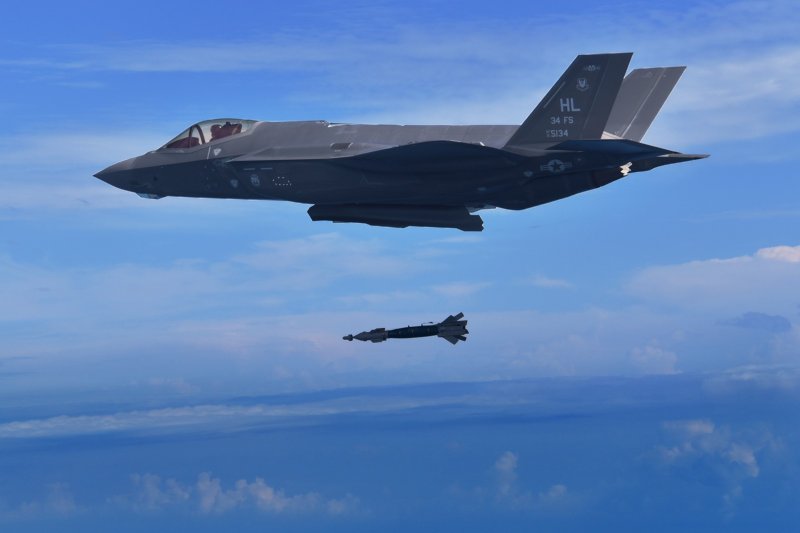
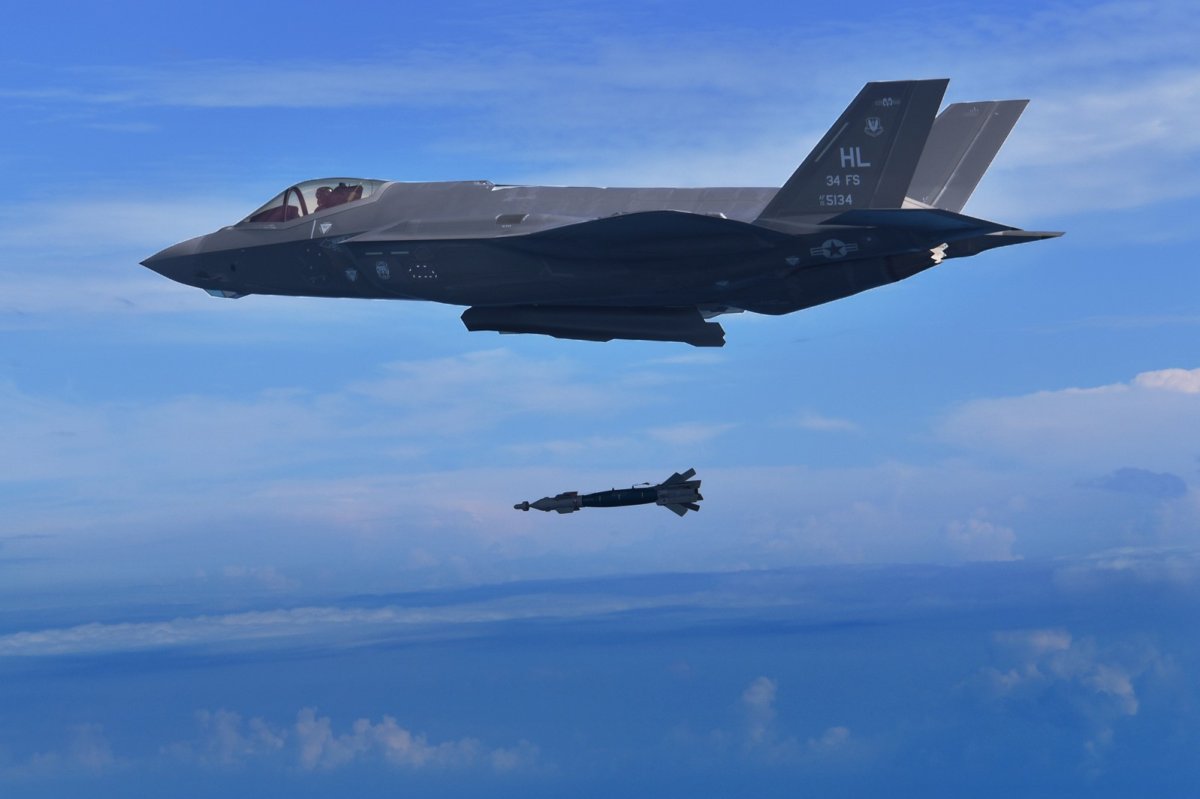
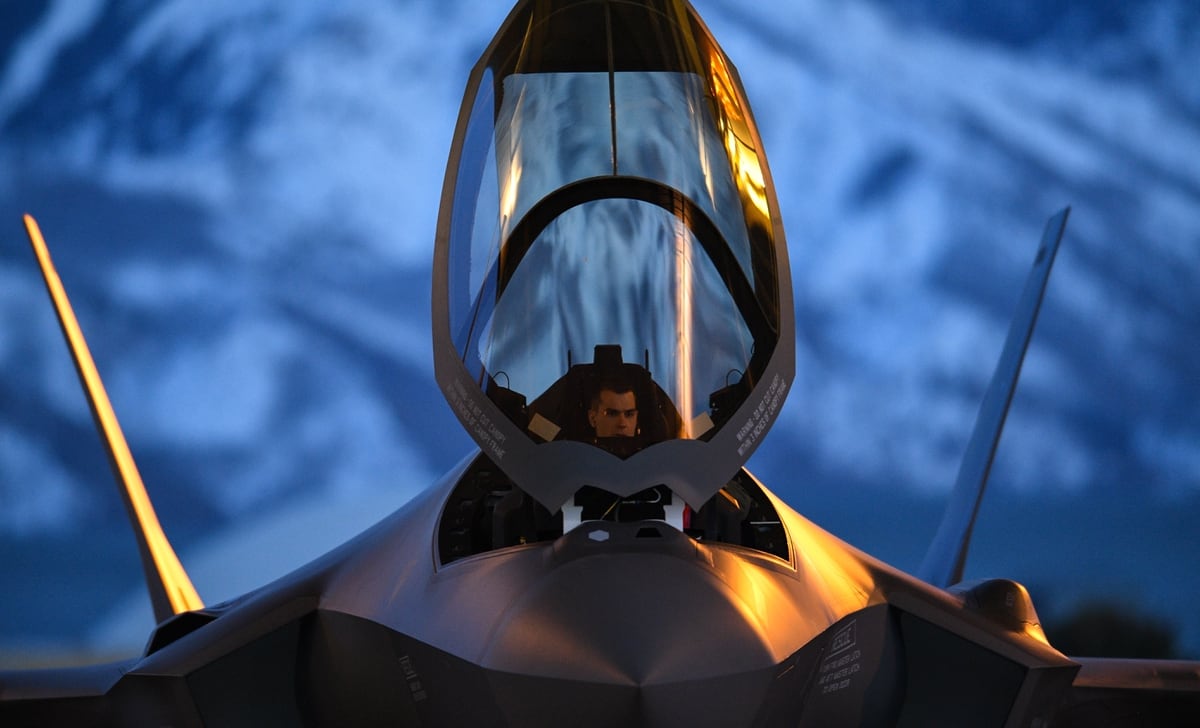

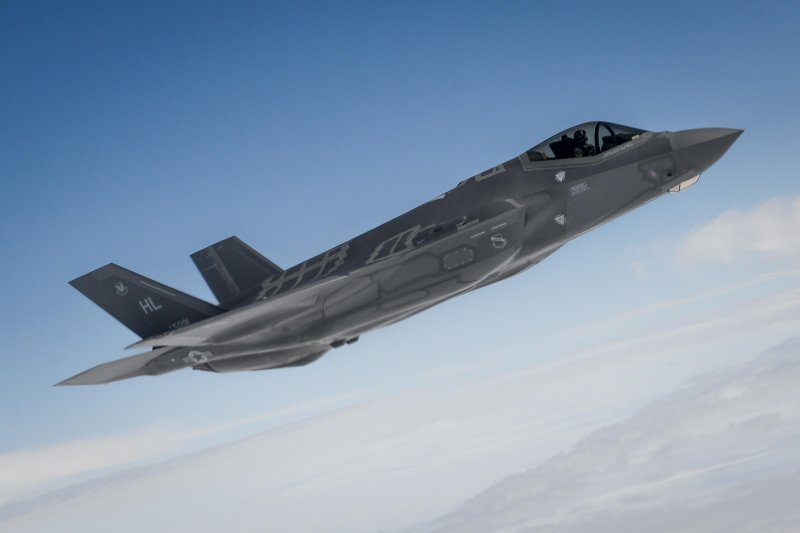
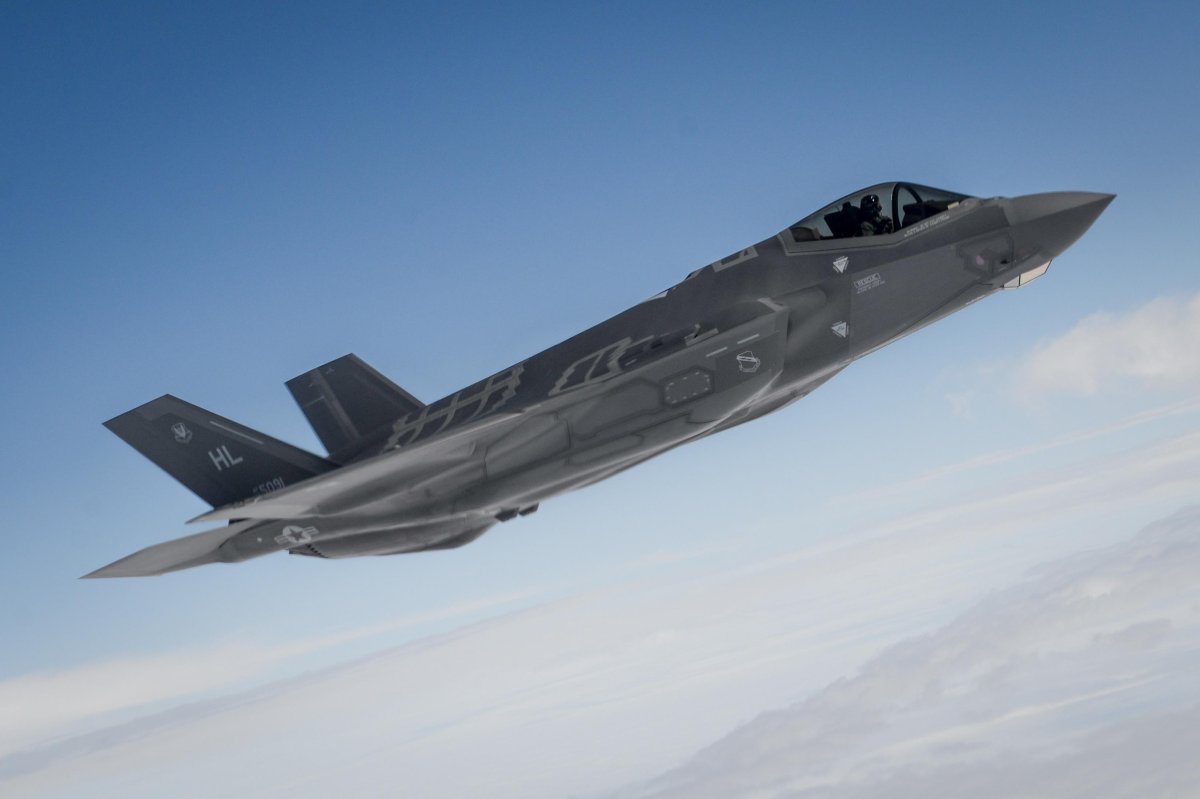
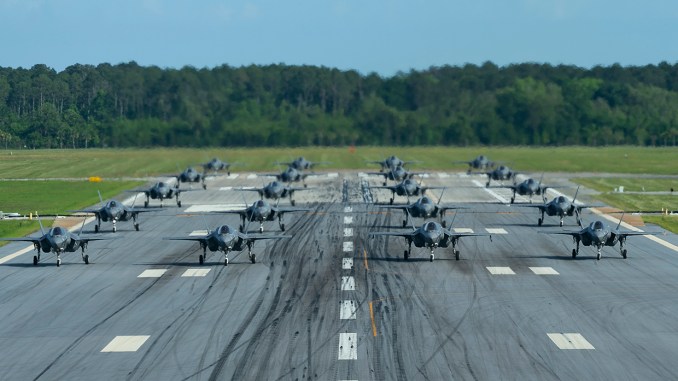
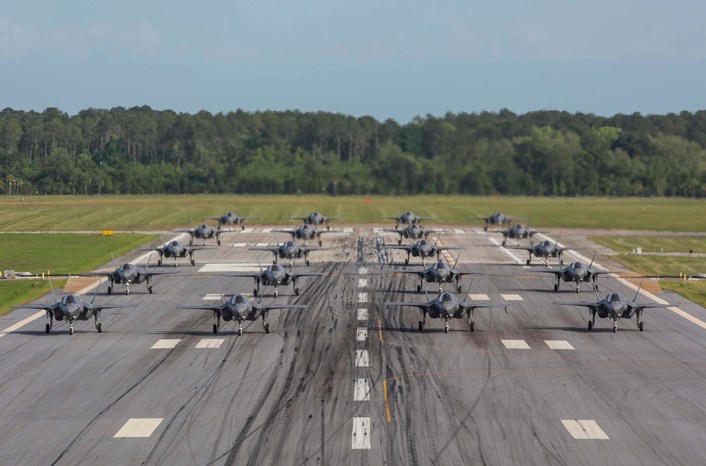
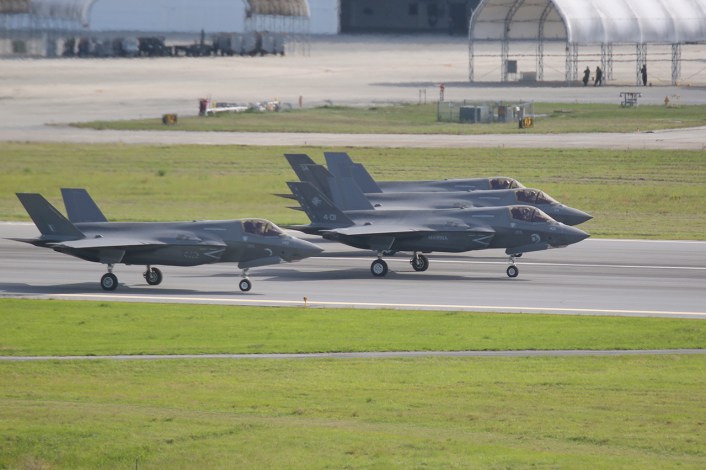

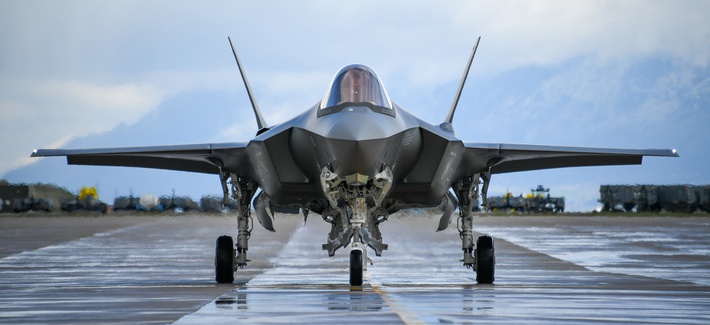

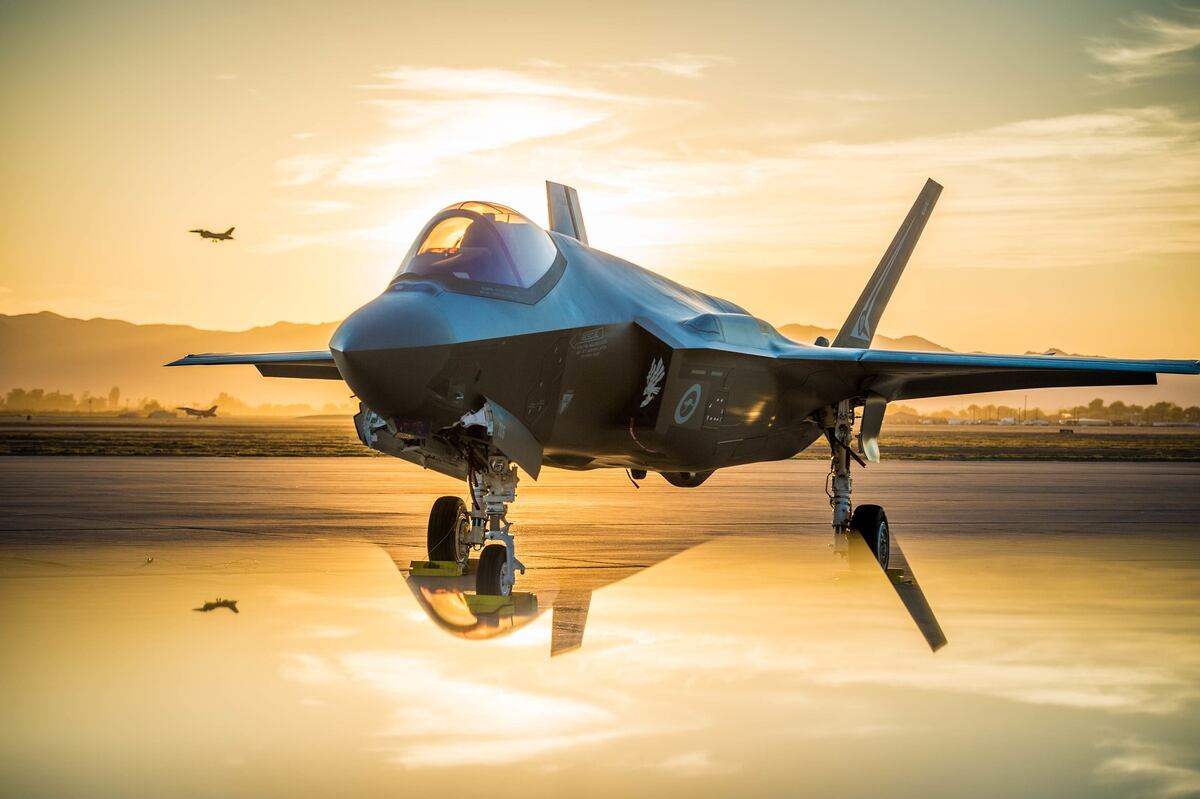

![[IMG] [IMG]](/proxy.php?image=https%3A%2F%2Fthe-drive.imgix.net%2Fhttps%253A%252F%252Fapi.thedrive.com%252Fwp-content%252Fuploads%252F2019%252F05%252Faargm-er-bay.jpg%253Fquality%253D85%3Fq%3D70%26w%3D1440%26ixlib%3Djs-1.2.1%26s%3D978f09c4a0f489f69e056513de275143&hash=ada3975cb738a83712e3c6e9179dc51a)






